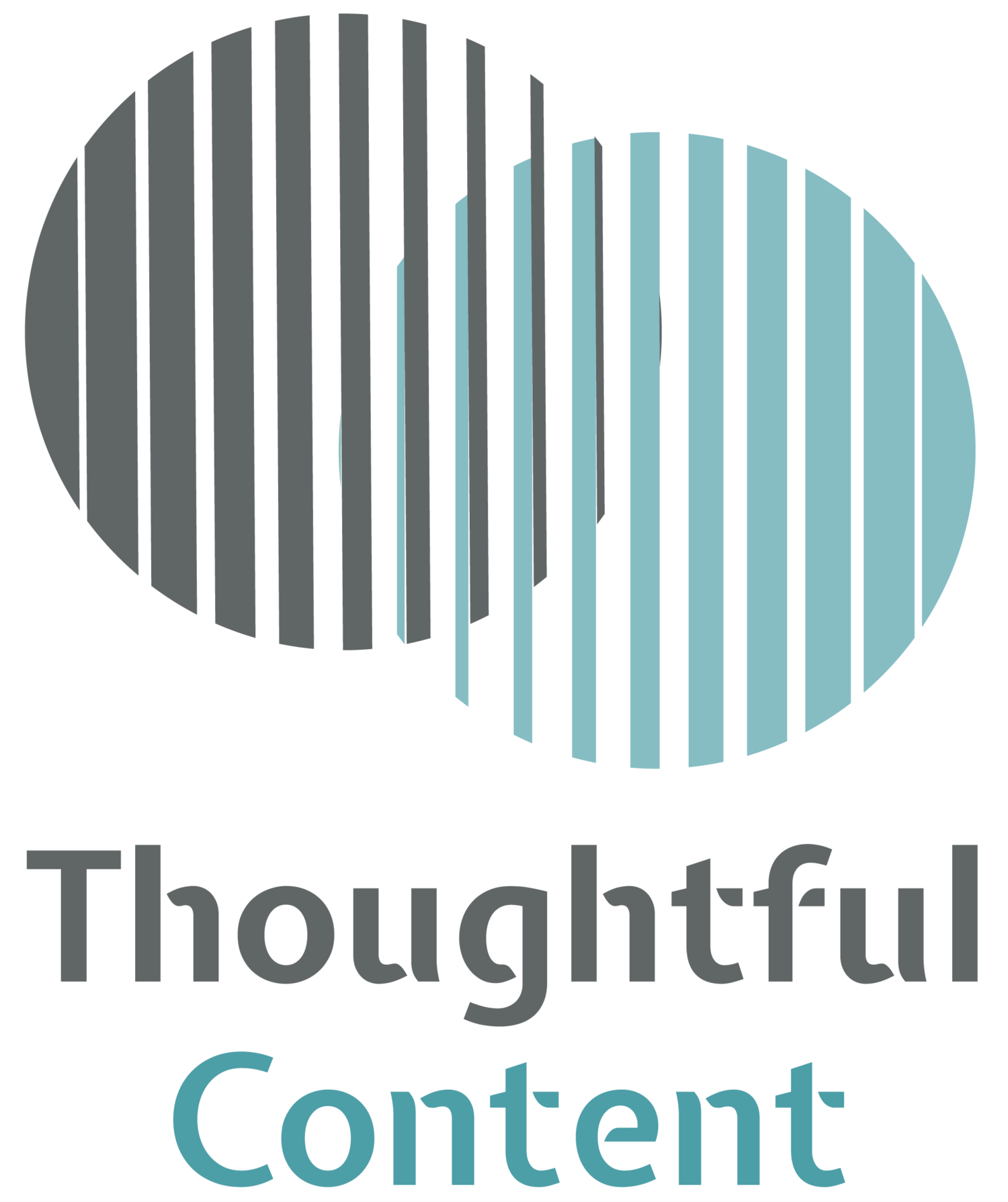5 ways to develop health content that makes a real difference.
Want to know how to create health content that will make a tangible difference to your audience’s lives? Read on for my top tips.
Start by talking to your audience.
Involve and get to know your audience from the outset. Speak to them on the phone, by video call, use WhatsApp or email. Discovering their needs and experiences will help you produce more usable content. It also helps to create health information that features real stories about people’s lives and how they have coped: read my other tips on writing health case studies. Consider compensating people for their time. This can increase recruitment and engagement to gain more insight.
Think about health information IRL.
Where will your audience be accessing your content: at home, in hospital or on the move? If it’s online content, on what device? How much attention can they devote to it? For example, when I interviewed parent’s for a project about Crohn’s Disease, they explained that the large folder of leaflets they were given when their child was diagnosed was overwhelming and they didn’t read it. So we looked to streamline it.
Enlist help and insight from experts early on.
Show your ideas and drafts to experts such as health professionals ASAP if you can. As well as making sure your health content is based on the latest medical evidence, insight from health professionals will be key. You need their experience of every day contact with patients, but also lots of research shows that health professionals are the most trusted source of health advice. So you need the experts behind your product to promote it.
Think about SEO and analytics.
Do your keyword research sooner rather than later. You don’t need to be beholden to SEO but consider that putting some keywords into headings and subheadings can help make sure people find your health content in the first place.
Nowadays health content needs to be active not passive.
How do you want your product or piece to make people feel? What do you want them to do as a result of it? People need medical facts but they also need confidence to do something with the information and tips, with the aim being to improve their health and well-being. Using a behavioural insight framework like EAST or health behaviour change models can help with this. For the work I did for Blood Cancer UK, I developed a physical activity planner underpinned by behaviour change theory.
What else can you do to make sure your health content has an impact? Find out more by signing up for email alerts and news of my health content training course that is currently in development.

